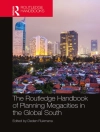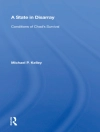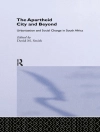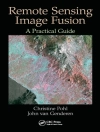This study suggests how traditional language-rich narrative histories of the Pale of Settlement can benefit from drawing on the large vocabularies, questions, theories and analytical methods of human geography, economics and the social sciences for an understanding of how Jewish communities responded to multiple disruptions during the nineteenth century. Moving from the ecological level of systems of settlements and variations among individual ones down to the immediate built environment, the book explores how both physical and human space influenced responses to everyday lives and emigration to America.
表中的内容
1. Orientation, Overview and Omissions.- 2. The Physical Geography of the Pale.- 3. The Human Geography of the Pale.- 4. Individual Settlements are Members of Discrete Settlement Systems.- 5. Ordered Life in Individual Shtetlach, Towns and Cities.- 6. Ordered Life in the Immediate Built and Social Environments.- 7. The Changing Order in the World of Work.- 8. Order and Disorder in Jewish Marriages, Families and Kinship.- 9. Nineteenth-Century Disorder in the Pale and Elsewhere.- 10. A Research Agenda for New Historians.
关于作者
Before his US Foreign Service career, Robert E. Mitchell directed social science research centers and was a professor of urban and regional planning. In addition to his two recent books on the history of economic thought, he published articles on a wide range of development-related topics.












